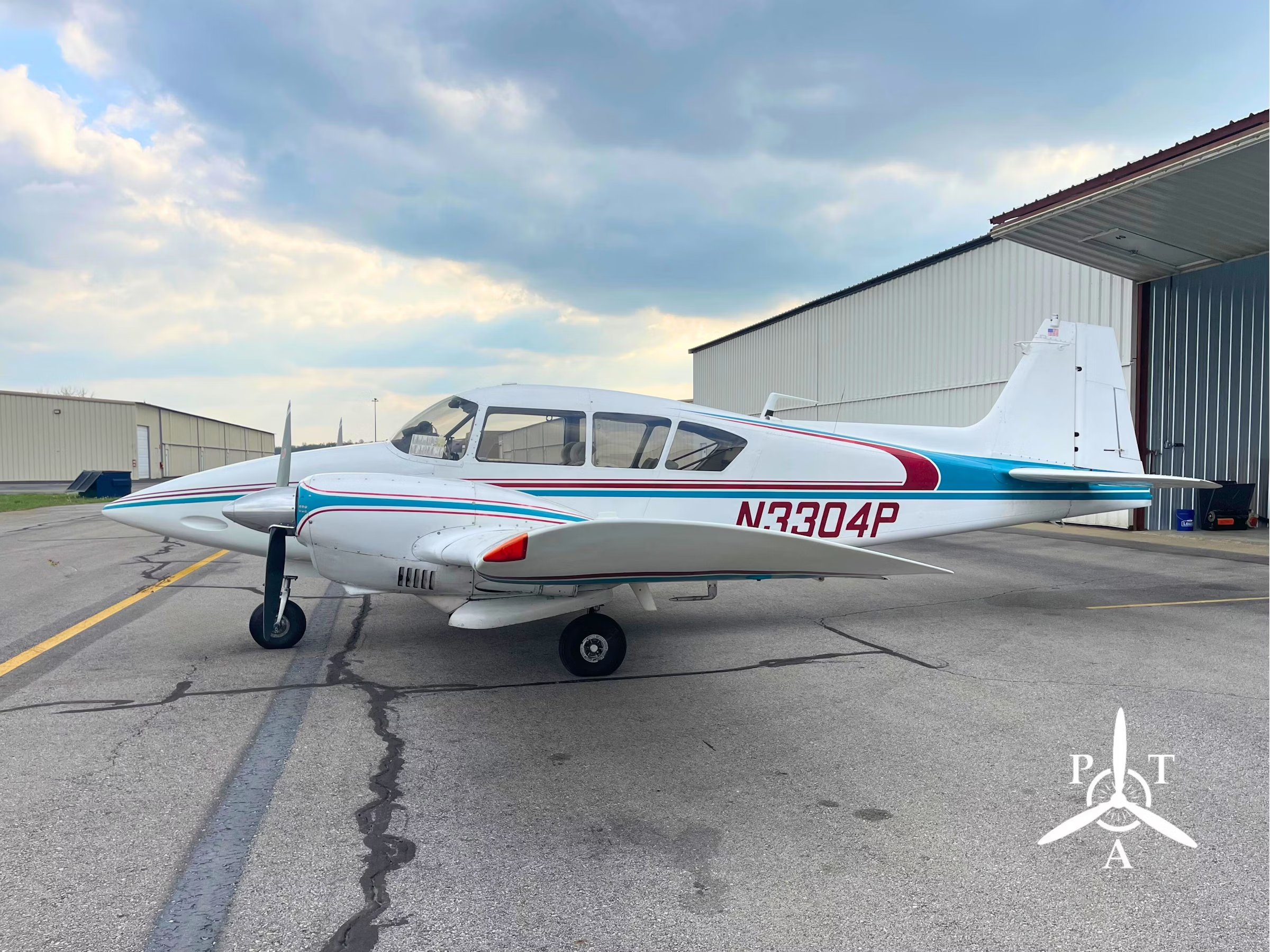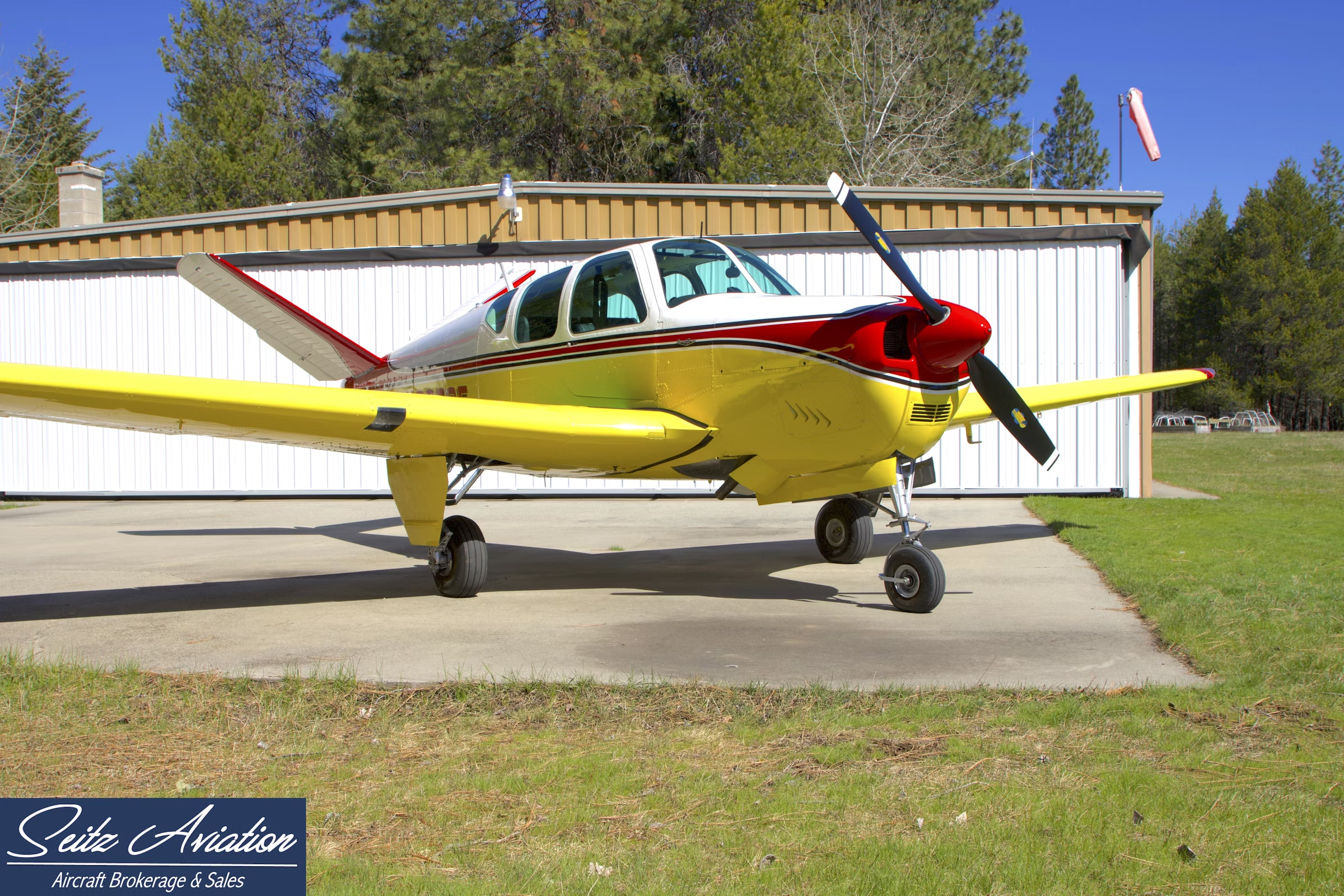
The Consolidated PBY Catalina served during World War II as a patrol plane and performed air-sea rescue duty. Art by Barry Ross
The Catalina was born on the frigid shores of Lake Erie in 1928 when Consolidated Aircraft Corporation, then located in Buffalo, assembled the XPY-1 prototype of a long-range flying patrol boat for the U.S. Navy. It's ironic that the airplane that would become a symbol of World War II in the South Pacific couldn't even make its maiden flight at the factory because both Lake Erie and the Niagara River were frozen over when the prototype was completed in mid-winter. The airplane was trucked south to the Potomac River where it flew successfully.
The Navy didn't buy the original, but did opt for a follow-on model. By 1936 Consolidated had evolved the design into the PBY, with the "B" standing for bomber, as the airplane could carry bombs or torpedoes. The Navy was content with the letter and number designation, but when the British bought some they graced the airplane with the perfect name of Catalina.
By the end of World War II more than 3,300 Catalinas had been built by various countries, making it by far the most popular flying boat. As with all military airplanes in the war, it was built in an unknowable variety, but Barry Ross has painted the PBY-5A lifting off from a South Pacific lagoon. The 5A was amphibious with retractable tricycle landing gear, while the PBY-4 was a flying boat with no landing gear.
A design feature of the Catalina that makes it more sleek than many flying boats is the way the wingtip floats retract to fair into the wing while in cruising flight. In most flying boats the wingtip floats are fixed in the down position.
The enormous Catalina wing is mounted on a central pylon to raise the engines and propellers well above the water. Twin struts brace the 104-foot wing to the hull. The wing is made from aluminum, but parts of the trailing edges, along with the ailerons, are covered in fabric. The wing has an area of almost 1,400 square feet and plenty of room to hold 1,750 gallons of fuel in the center section. It needed all of that wing area because it could weigh more than 26,000 pounds for takeoff.
Standard power on a Catalina is two Pratt & Whitney 14-cylinder two row Twin Wasp radial engines capable of delivering 1,200 hp each. The same 1,830-cubic inch displacement engines were used on many transports and bombers, including the B-24 and many C-47s (DC-3s). Patrol range was a primary objective of the Catalina design, and the efficiency of the engines allowed it to travel as far as 4,000 miles before refueling. Of course, some Catalinas undoubtedly flew further with extra fuel.
According to Captain Richard C. Knott in his book The American Flying Boat, a Catalina was the first U.S. aircraft to take action against the Japanese in World War II when it bombed a midget submarine just outside the entrance to Pearl Harbor.
Several Catalinas survived the Japanese air attack on Pearl Harbor because they were in the air on patrol, but most were destroyed on the ground. The remaining PBYs proved extremely valuable just seven months later at Midway when their extreme patrol range allowed them to spot the attacking Japanese fleet while it was still many hundreds of miles away. The information from the flying boats helped the Americans prepare for the battle that turned the tide of the war, and the "Cats" even returned to attack the Japanese fleet with torpedoes while it steamed toward Midway.
Probably the most famous PBYs of the war were the Black Cats of the Solomon Islands and Guadalcanal. The Catalinas were slow with a top speed of less than 200 mph in a dive and a long range patrol speed barely over 100 mph. And they were huge, making them easy targets for both surface and aerial gunfire. But the Black Cats had the advantage of stealth.
The Japanese ships lacked radar, while the Catalinas carried a primitive but effective system. The Japanese fleet used the cover of darkness to sweep down the Solomon Island chain in the famous "Tokyo Express" missions that raided the U.S. Navy fleet and re-supplied Japanese soldiers. But Catalina crews found that if they painted their airplanes entirely in flat black, they could use their radar to spot the Japanese, throttle back to reduce the sound, and then close in on the ships at night without being detected. The Black Cats inflicted heavy damage on the Tokyo Express with bombs and torpedoes, but more importantly they were able to report the location and movements to the rest of the fleet.
The Catalinas also performed innumerable rescue missions at sea, picking up downed airmen and sailors across the vast Pacific. The airplane was not really designed to land and take off in open water, but Catalina crews routinely put their lives on the line to save others. The Cat was legendary for its ability to absorb gunfire and keep flying. But like any boat, holes in the hull meant disaster and many sank to the bottom with their crews scrambling for the rafts. The Catalina was one of the slowest and most ponderous military airplanes of the war, and its technology was already old before the fighting began. But its ability to persevere in the face of all manner of difficulty was exceeded only by that of its crews, and the ability to get its crew home - not to mention rescuing others along the way - is what earns maximum respect for any airplane.

Sign-up for newsletters & special offers!
Get the latest FLYING stories & special offers delivered directly to your inbox






